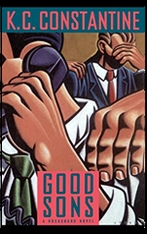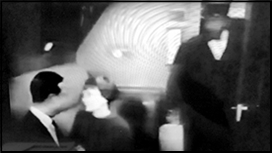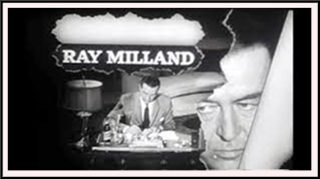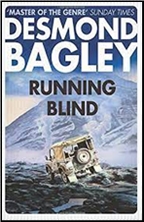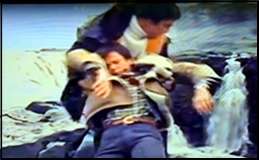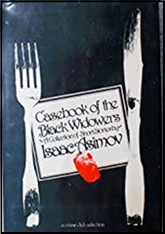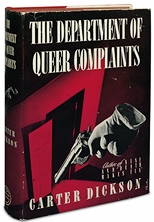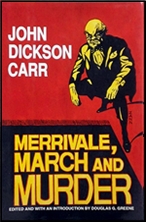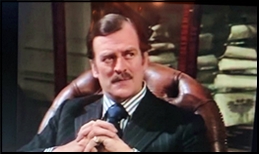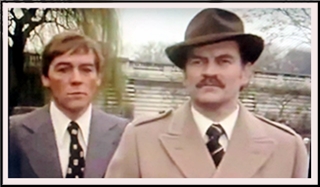Thu 24 Feb 2022
JAMES M. CAIN – Serenade. Alfred A. Knopf, hardcover, 1937. US Paperback editions include: Penguin Books #621, 1947; Signet 1153, 1954; Bantam S-3864, 1968; Vintage, 1978. Film: Warner Brothers, 1956, with Mario Lanza and Joan Fontaine.
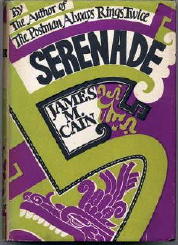
First person narrative of a self-hating, closeted, gay opera singer. He falls in love with a rich gay conductor in Europe but feels so guilty about his homosexuality he has a nervous breakdown and can no longer sing worth a damn.
He runs away.
Relegated to the worst opera circuit in the world, in Acapulco, he quits and finds himself with his last three pesos, drunk, in a slummy bar.
A really hot prostitute walks in and fawns on a local hero bullfighter.
The gay opera guy feels something in his libido awaken in the presence of the prostitute.
So he gives the bullfighter the staredown. The bullfighter comes up to him and asks what his problem is. Mr. Closet says: let’s gamble for the girl. They do. Mr. Closet loses a fixed lottery game.
The prostitute drops him her address, and he looks her up.
He gets drunk with her at her little whorehouse, and it looks like things are going swell, when he sings her a gay serenade.
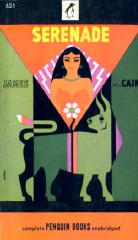
She senses the homosexual tendencies in his castrato, and cuts him off (figuratively–not Bobbit-like), and he trudges on home.
A week later she wins a little lottery money and seeks him out—thinking a gay dude would be the perfect pimp for a whorehouse she wants to start up in Mexico City with her ‘seed money’.
En route to Mexico city in a little red convertible ford they hit a massive thunderstorm. The roads flood. There’s nowhere to go. They come to a church. The church door is locked. So he rams the car thru the locked church doors and they wait out the storm.
They’re soaked so they take off their clothes.
Aroused by her naked figure praying at the alter asking forgiveness, he rapes her.
Enraptured by his hetero rapist cajones, he turns to the window and sings opera with a depth, vigor and confidence he’d never known. His voice was back and better than ever.
For some reason, the whore now loves him. He’s shown her he’s a ‘real man’ or something.
He takes her back to the States with him, and becomes a huge Hollywood star. Then he leaves Hollywood and becomes a huge opera star with the Met.
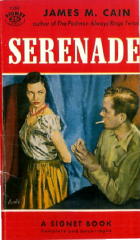
Then disaster strikes as his old beau, the rich gay conductor, tracks him down, stalks him, pulls him back into his orbit.
Things come to head when the old beau calls immigration on the prostitute. She waves her cape like a toreador, and she sticks him like a bull.
Things get pretty crazy from there as our protagonist can’t quit her. He finds himself falling for another man. He can’t believe it–‘I’m not one of those….am I?’. He feels that she’s his only hope to save him from his own gay lust.
But the warrant’s out for her, murder one. He can’t let her get the chair.
He’s gotten so famous he can no longer sing, lest he risk the whore whose musk summons hetero urges to his lust.
As ridiculous as it all sounds, the book is really great. Mexico is palpably rendered. And Cain really knows opera. The dialogue is as good as anything Cain ever wrote. Which says a lot. Since Cain is as good as any hardboiled writer. And for me, that means he’s as good as anybody. Ever.
So if you can let go of the bizarre self-hating gay machismo of a bygone era, and accept the fact that bizarre self-hating gay machismo is and was a real thing, as worthy of acknowledgement as dinosaurs, dead stars and moonbeams, then have yourself a treat and check it out. It’s really good.
Previously reviewed here by Max Allen Collins. The film panned here by David Vineyard.

